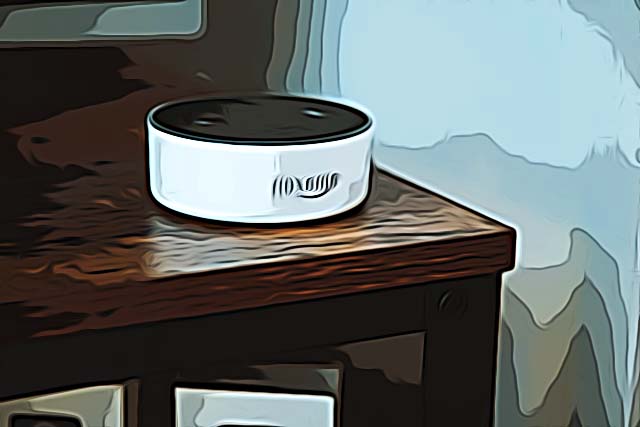How to Set up Alexa to Turn Off Other Smart Devices
At the beginning of 2021, Amazon implemented an option for Alexa to control some of your smart home devices. However, this doesn’t mean total control on all your home devices.
Alexa’s powers are still limited, but the updates will surely be groundbreaking after launching this feature.
Which devices can I link to Alexa?
Smart Home devices that are compatible with Alexa can be connected. Some of these are Smart light bulbs/home lights (Philips Hue Bulbs), switches, and thermostats.
Bonus: How to Change the Voice on Alexa.
How can I set up Alexa to turn off my smart devices?
Note: To set up Alexa to turn off your smart devices, you’ll need the Alexa app installed on your mobile device. The app is available for both iOS and Android, if you don’t have it installed already.
The feature that we are looking for in the app is named ‘Hunches’, so follow these steps to find it:
- Open the app on your phone.
- Go to ‘Settings’, and scroll down nearly to the bottom of the page.
- Tap on ‘Hunches’.
- In the new screen, you’ll see a section named ‘Set up automatic actions’.
- In this section, you will be shown a list of possible actions Alexa can take with your smart devices around the house.
- Let’s say Alexa connects to your smart lights, you will be given options for Alexa to turn off the lights if she doesn’t detect any movement around the house for a while, or when she doesn’t hear any noise for a while - meaning you are asleep.
- These two features are named - ‘Turn off lights when you’re asleep’, and ‘Turn off lights when you’re away’.
- If you tap on one of the mentioned options, a new page will open, explaining how Alexa operates and based on what the digital assistant will be taking action. For example, if Alexa has a hunch she should turn off the lights - they will start blinking before turning off. If you want to cancel the action, you’ll need to say ‘Alexa, stop’. There is a ‘Learn more’ field you can click on if you need to get into details to understand better.
- After this screen, you’ll be asked to confirm you wish to activate ‘Hunches’, and you’ll be asked which lights you want to include in the automatic response.
- You can group your lights based on the rooms in your home, and when Alexa doesn’t notice any movement in your office, all lights will be automatically turned off.
How can I group my devices?
To make the app easier to use, and to have direct access to your devices in one room, it would be best to create groups based on rooms (or you can create groups based on devices - you could create a ‘Lights Group’), and put the devices from each room in the correct room. Let’s take your office as an example: you can create a group named ‘Office’, and add a list of devices that are located in this room - TV, big light, desk light, thermostat. You leave your office - just say ‘Alexa, Office out’.
Follow these steps to create groups:
- Open the Alexa app on your mobile device.
- Select the ‘Devices’ icon after opening the ‘Smart Home’ section in the side menu.
- Under ‘Devices’, tap on the ‘+’ for Alexa to scan your home, and find compatible devices that will work with Alexa.
- Click on ‘Add group’.
- You can use the preset names, or you can rename the groups (i.e. ‘Living Room’)
- Select the devices you want to put in the group, and tap on ‘Save’.
After you create your groups, you can start giving voice commands to the digital assistant, using the names you’ve given the groups. If you buy a new device you want to connect in a certain group, just do the same process all over again, but instead of creating new groups, add the newest device to an already existing group.
If you like using other smart home devices like Google Home, check out how to fix the 'Could Not Connect to Google Home Mini' error issue you might get while setting up your Google home on your phone or tablet.
Alexa’s Energy Dashboard
Another new feature is Alexa’s ‘Energy Dashboard’ feature, offering you details about how much energy has been spent in your home. You can use this feature for your entire home, lights, plugs, and you can see reports on a daily, weekly or monthly basis. The calculations may not be precise and exact, since Alexa does not have insight into every item in your home that might be spending energy.
There is also a ‘Browse Device’ feature, giving you insights into how much energy an individual device has spent in the past week or month.
You might also find these articles interesting:

